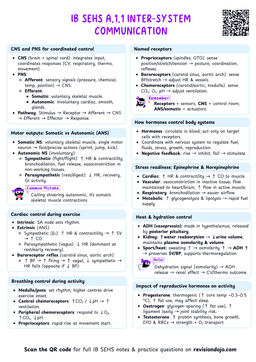The phases of movement: a framework for analysis
Movement phases
A systematic approach to breaking down complex movements into distinct stages, allowing for detailed analysis and improvement of athletic performance.
- Breaking down movement into distinct phases helps identify strengths, weaknesses, and areas for improvement.
- This approach is essential for enhancing performance, preventing injuries, and optimizing rehabilitation.
The four phases of movement
1. Preparatory phase
Preparatory Phase
A preparatory phase is a period of time when you prepare for something by planning, gathering resources, and taking steps to ensure a smooth transition.
- This is the initial stage where the athlete prepares mentally and physically for the skill execution.
- Key elements include:
- Body Position: Aligning the body for optimal movement.
- Balance: Ensuring stability to generate force.
- Anticipation: Mentally focusing on the task ahead.
In a tennis forehand, the preparatory phase involves positioning the feet, rotating the hips, and drawing the racket back.
2. Force production phase
Force Production Phase
Force Production Phase refers to the specific moment during a movement where muscles actively generate the most force, essentially the phase where the body is actively pushing against an external resistance to create movement, whether it be in a jump, throw, or sprint; it involves the coordinated contraction of muscles to produce the necessary force for the desired action.
- This phase involves generating and applying force to execute the movement.
- It relies on:
- Muscular and Skeletal Coordination: Efficient interaction between muscles and bones.
- Timing and Technique: Maximizing force output with precision.
In a golf swing, this phase includes the downswing, where the golfer transfers energy from the body to the club.
3. Critical instant
Critical Instant
The critical instant phase is the moment of contact or release of a movement, such as when a ball is struck in tennis or when a diver loses contact with the water. It's a crucial phase that determines the effectiveness of a skill.
- This is the decisive moment that determines the outcome of the skill.
- It could be:
- Point of Contact: Hitting a ball in tennis or baseball.
- Release: Letting go of a javelin or basketball.
- Takeoff: Leaving the ground in a jump.
- Point of Contact: Hitting a ball in tennis or baseball.
The critical instant is often the shortest phase but has the most significant impact on performance.
4. Follow-through or recovery phase
Follow-Through Phase
Follow-Through Phase refers to the final stage of a movement or action, where the body gradually decelerates and returns to a stable position after completing the primary action, essentially allowing for a smooth transition to the next movement or rest; it is the "finishing" part of the motion, like the controlled landing after a jump or the wrist flick at the end of a basketball shot.
- The final phase depends on the type of skill:
- Follow-Through (Discrete Skills): Continuing the motion after the critical instant to maintain balance and prevent injury.
- Recovery (Continuous Skills): Preparing the body for the next cycle of movement.

In swimming, the recovery phase involves bringing the arm back above water to start the next stroke.
Discrete vs. continuous skills
- Discrete Skills: Have a clear beginning and end (e.g., throwing a ball, jumping).
- Continuous Skills: Have no defined start or finish and are repetitive (e.g., running, swimming).
Discrete skills analysis
- Tennis Serve Example:
- Prep: Ball toss, knee bend
- Force: Leg drive, arm acceleration
- Critical: Ball contact


